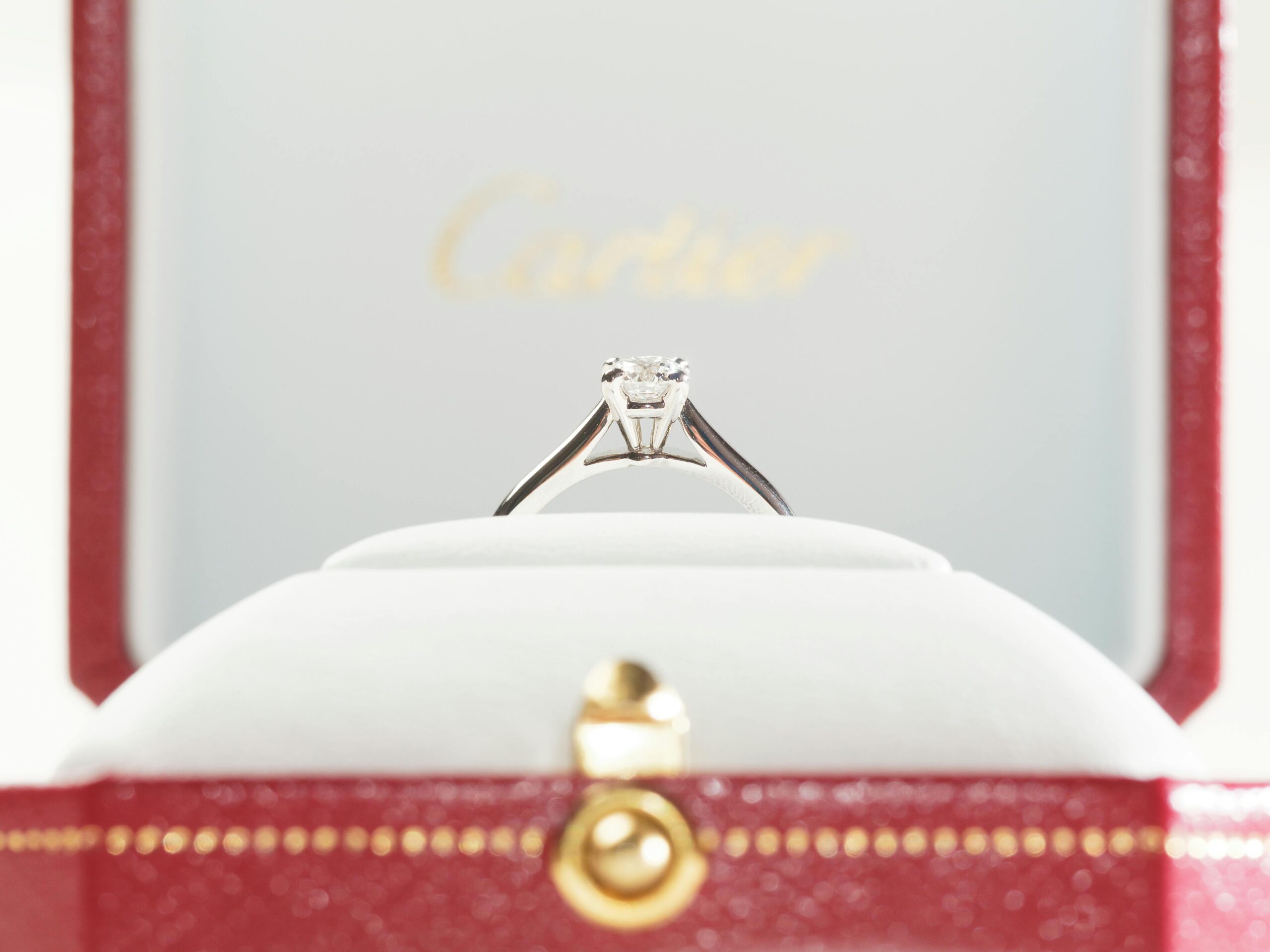
When it comes to choosing the perfect wedding band, size matters—literally. A well-fitted wedding band is not only comfortable but also crucial for the longevity of the ring, especially when it’s adorned with delicate lab-grown diamonds. Whether you’re opting for a simple band or a more intricate design, understanding the nuances of sizing can make all the difference. Here’s everything you need to know about sizing your lab-grown diamond wedding band.
Why Proper Sizing is Essential
1. Comfort and Wearability
A wedding band is something you’ll wear every day, potentially for the rest of your life. Ensuring that it fits perfectly means it will be comfortable to wear without causing discomfort or slipping off. A ring that is too tight can become uncomfortable, especially in warmer weather when fingers tend to swell, while a ring that’s too loose runs the risk of falling off.
2. Diamond Security
For bands featuring lab-grown diamonds, proper sizing is even more critical. A poorly fitted band can put undue stress on the prongs or settings holding the diamonds, increasing the risk of loosening or loss. This is particularly important for settings like pavé or channel, where the diamonds are set close together.
3. Longevity of the Ring
The wrong size can cause unnecessary wear and tear on the ring, especially if it’s constantly being adjusted or rotated on the finger. Over time, this can lead to misshaping of the band or weakening of the diamond settings.
Factors to Consider When Sizing Your Wedding Band
1. Finger Size Fluctuation
Finger size can change throughout the day due to factors like temperature, humidity, and physical activity. It’s advisable to measure your ring size at different times of the day and under various conditions to ensure a consistent fit. The ideal time to measure is when your fingers are at a normal temperature—not too cold or too warm.
2. Band Width
The width of your wedding band can affect how it feels on your finger. Wider bands tend to fit more snugly, so you may need to go up half a size for comfort. Conversely, thinner bands may feel looser and might require a smaller size.
3. Ring Shape and Design
The design of your wedding band, especially if it’s contoured or features a unique shape, can influence the fit. Rings with intricate designs, like those with multiple diamonds or curves, might feel different compared to a simple band. Be sure to account for this when choosing your size.
4. Lifestyle Considerations
Your daily activities and lifestyle should also influence your sizing decision. If you’re active or frequently work with your hands, you might prefer a slightly looser fit to accommodate movement and prevent discomfort. However, make sure the ring isn’t so loose that it could slip off.
How to Measure Your Ring Size
1. Visit a Jeweler
The most accurate way to determine your ring size is by visiting a jeweler. They can measure your finger using a professional sizing tool and offer advice on the best fit based on the style of wedding band you’re considering.
2. Use a Ring Sizer
If you can’t visit a jeweler, you can use a ring sizer at home. These are often available online and can be used to measure your finger at different times of the day. Some websites even offer printable ring sizers, though physical ones are generally more accurate.
3. Measure an Existing Ring
If you already have a ring that fits well, you can measure its diameter and compare it to a sizing chart. This method works best for rings worn on the same finger as your wedding band.
Adjusting Your Wedding Band Size
1. Resizing Options
Most wedding bands can be resized, but there are limitations, especially with bands that feature diamonds or intricate designs. Simple bands can typically be resized up or down by one or two sizes, but pavé or channel-set bands may be more challenging to adjust without affecting the diamonds.
2. Sizing Beads
For a more temporary adjustment, you can add sizing beads inside the band. These small metal beads can help a slightly loose ring fit more snugly without the need for permanent resizing. This is a good option if your finger size fluctuates or if you want to ensure a comfortable fit during different seasons.
3. Consider a Ring Guard
A ring guard is another option for adjusting the fit of your wedding band. This small insert can be placed inside the ring to reduce its size temporarily. It’s a non-invasive solution and ideal if you anticipate needing to adjust the size in the future.
Conclusion
When it comes to your lab-grown diamond wedding band, getting the size right is essential for comfort, security, and longevity. By taking into account factors like finger size fluctuations, band width, and lifestyle, you can ensure a perfect fit that will keep your band securely and comfortably in place for years to come. Whether you’re getting sized professionally or using a ring sizer at home, taking the time to find the right size is a small step that will make a big difference in your wedding band experience.







